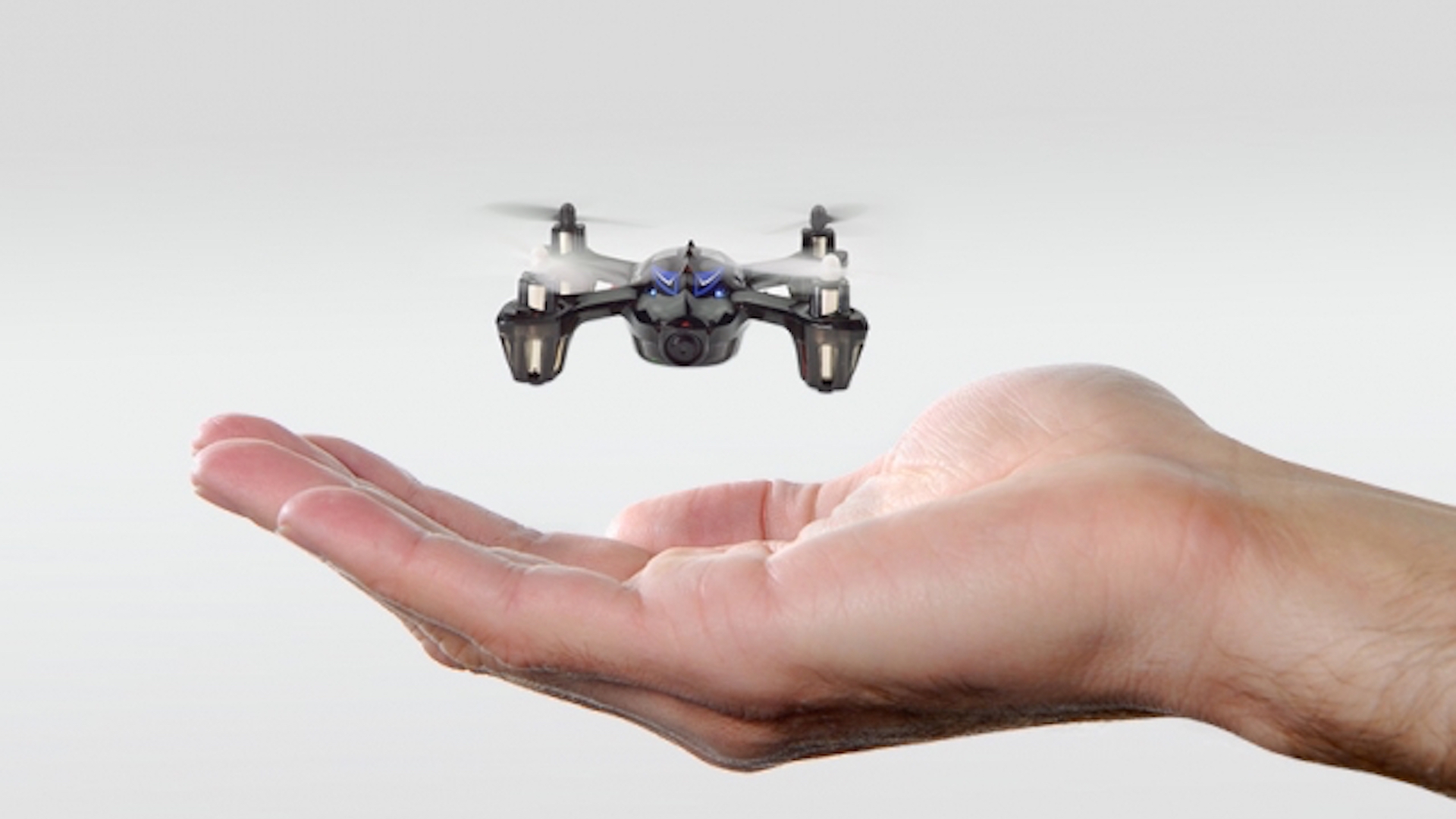

We may earn revenue from the products available on this page and participate in affiliate programs. Learn more ›
Recreational quadcopters and most standard hobby drones have a lot of data to process. The computer chips required to simultaneously handle stabilization, flight, and the recording and streaming of camera footage use quite a bit of power. Hence, they need a certain amount of battery power, which in turn results in a minimum weight. Now, researchers at MIT are developing miniature chips, which would require far less power, ridding drones of the hitherto-required battery weight. Smaller chips, less batteries, less weight.
MIT researchers Sertac Karaman and Vivienne Sze claim that this is a wholly “new approach” to minimizing the restrictive need for large batteries and weight. This could open up a tremendous amount of new possibilities, regarding drone design, capabilities, and everyday use. The creativity with which they explain the potential gives us a certain sense of what could be done were these miniature chips readily available to drone manufacturers and consumers.
“Imagine buying a bottlecap-sized drone that can integrate with your phone, and you can take it out and fit it in your palm,” Karaman says. “If you lift your hand up a little, it would sense that, and start to fly around and film you. Then you open your hand again and it would land on your palm, and you could upload that video to your phone and share it with others,” says Karaman.
The research being done at MIT is partly funded by both the National Science Foundation and the Air Force, with their goal, according to Karaman, being to design the “smallest intelligent drone that can fly on its own.” Currently, their most successful prototype can process images at 20 frames per second, accurately orient the UAV, and consume less than 2 watts of power. That’s a huge leap from the current quadcopter standard of using between 10 and 30 watts of power, never mind their batteries being too heavy to fit on one of these proposed mini-drones.
